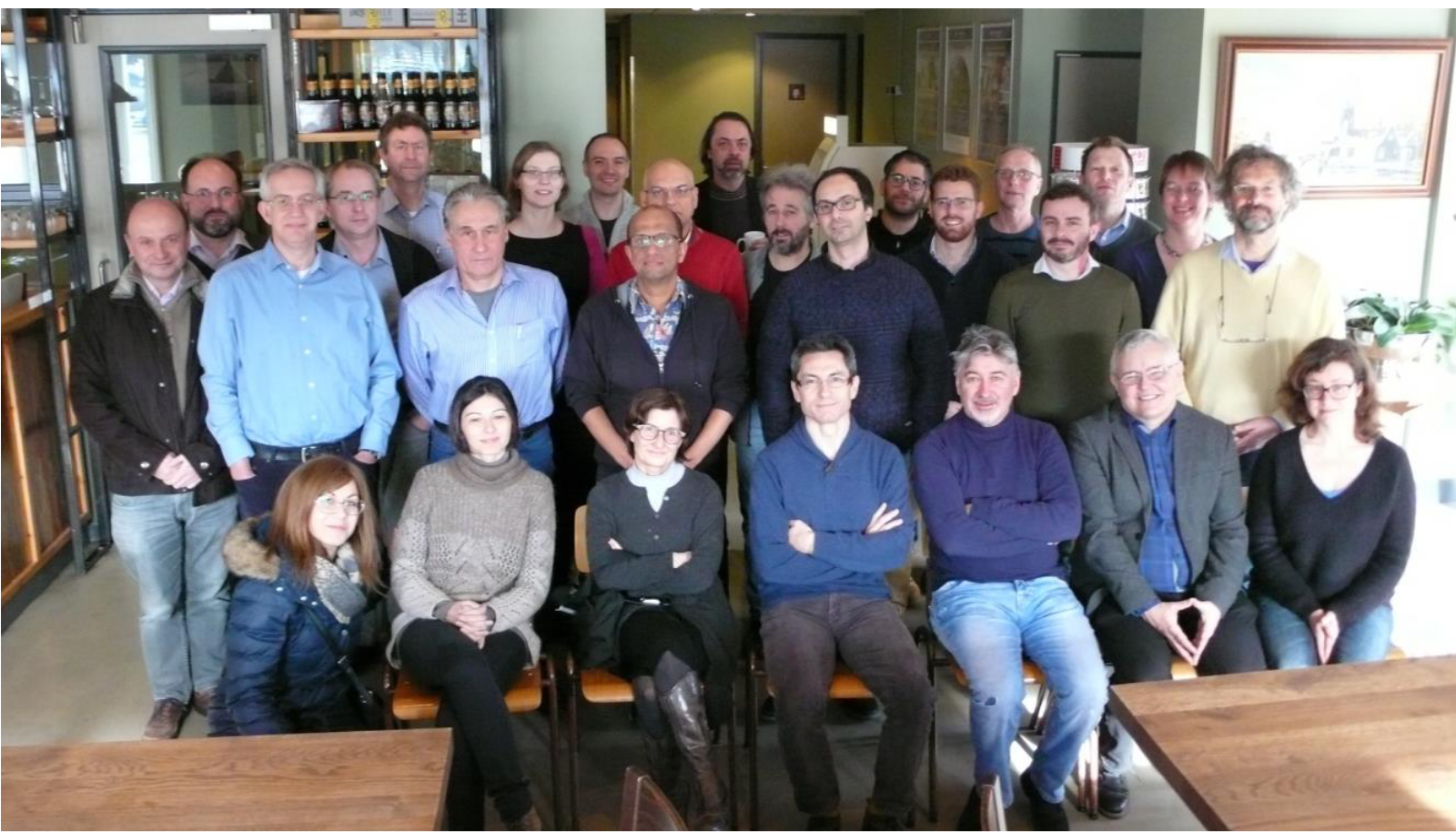Joining up Users for Maximizing the Profile,the Innovation and Necessary Globalization of JIVE
The VLBI Future
 One of the main goals of the JUMPING JIVE project was to provide a scientific roadmap for the future of VLBI in general, in relation to the European VLBI Network and the technological developments required in the forthcoming decade.
One of the main goals of the JUMPING JIVE project was to provide a scientific roadmap for the future of VLBI in general, in relation to the European VLBI Network and the technological developments required in the forthcoming decade.
In an era when new astrophysical frontiers and challenges are opening, there is a need to position VLBI with regard to future space missions and ground facilities and in preparation of the transformational science that the SKA will bring up. Therefore, the EVN Board of Directors made the decision to commission a new science vision document for the EVN.
The JUMPING JIVE project focused on providing the organisational and financial support for the development of a White Paper (see below for details on the white paper) describing the science case for Very Long Baseline Interferometry (VLBI) and providing suggestions towards upgrade paths for the EVN. The preparation of the White Paper involved 80 astronomers and engineers from different countries around the world.
The production of the White Paper is one of the main legacies of the JUMPING JIVE project since this document has become a scientific roadmap for the VLBI community as well as becoming one of the reference scientific white papers of the present decade.
 VLBI20-30: a scientific roadmap for the next decade – The future of the European VLBI Network White Paper
VLBI20-30: a scientific roadmap for the next decade – The future of the European VLBI Network White Paper
Editors: Tiziana Venturi, Zsolt Paragi & Michael Lindqvist
First release, July 2020
This white paper describes the science case for Very Long Baseline Interferometry (VLBI) and provides suggestions towards upgrade paths for the European VLBI Network (EVN). The EVN is a distributed long-baseline radio interferometric array, which operates at the very forefront of astronomical research. Recent results, together with the new science possibilities outlined in this vision document, demonstrate the EVN's potential to generate new and exciting results that will transform our view of the cosmos. Together with e-MERLIN, the EVN provides a range of baseline lengths that permit unique studies of faint radio sources to be made over a wide range of spatial scales.
The science cases are reviewed in six chapters that cover the following broad areas: cosmology, galaxy formation and evolution, innermost regions of active galactic nuclei, explosive phenomena and transients, stars and stellar masers in the Milky Way, celestial reference frames and space applications. The document concludes with identifying the synergies with other radio, as well as multi-band/multi-messenger instruments, and provide the recommendations for future improvements. The appendices briefly describe other radio VLBI arrays, the technological framework for EVN developments, and a selection of spectral lines of astrophysical interest below 100 GHz. The document includes a glossary for non-specialists, and a list of acronyms at the end. Download the White Paper here.
Deliverables
 This project has received funding from the European Union’s Horizon 2020 research and innovation programme under grant agreement No 730884
This project has received funding from the European Union’s Horizon 2020 research and innovation programme under grant agreement No 730884